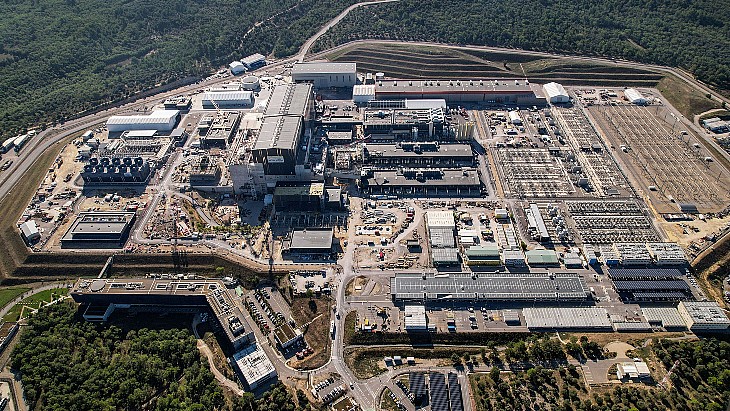Yesterday was the last day of the ITER Council meeting, where new time frames were determined for key stages of the implementation of the large-scale thermonuclear reactor construction project. Delays can be up to 10 years. This will make the project more expensive, but in general it will not affect the achievement of the goals set a decade ago: to ignite the “artificial Sun” on Earth and obtain an almost endless supply of clean energy.
According to the initial plan, the first plasma from the ITER reactor (ITER), which was built in France with the participation of 33 countries, was planned to be taken in 2025. This is currently considered officially impossible. The sectors of the vacuum chamber in which the plasma should circulate turned out to be produced without observing the dimensions, which now needed to be corrected, and also welding errors were found in the pipes of the cooling jacket of the vacuum. room that required the replacement of tens of kilometers of pipes.
Pietro Barabaschi, the new president of ITER, emphasized that even if the marriage was not detected, the previous deadlines could not be met, so the construction was postponed. The general manager of the project will announce a more detailed report and new dates for the commissioning stages of the reactor in a briefing in July. So far, he says, the first phase of operations, which involves carrying out deuterium-deuterium reactions to synthesize tritium, has been postponed until 2035. The first full-fledged thermonuclear reactions were planned for installation on deuterium-tritium fuel earlier this year.
The new terms do not mean that all scientific operations in the project are shifted by ten years. Experiments with small plasma currents will begin earlier, while the reactor is being assembled. It is likely that the first plasma will begin to be produced before 2035. After all, ITER’s mission is to fill as many cones as possible so that, following its example, the construction of all subsequent commercial reactors goes as smoothly as possible. All participating countries of the project represented at the ITER Council accepted this unconditionally.
The ITER reactor is not designed to produce electric current. This task will be given to another international project, DEMO, which involves the construction of a power plant based on a tokamak-type thermonuclear reactor. ITER’s tasks include proof of concept – operation of a large-scale thermonuclear reactor according to the tokamak scheme. Ideally, the reactor should produce 500 MW of power continuously for at least 400 seconds, consuming 50 MW of this directly to heat the plasma. The reactor’s auxiliary structures may consume an additional 300 MW, but for an experimental installation these are negligible. The energy output will still be positive. It is a pity that it has been postponed again.













